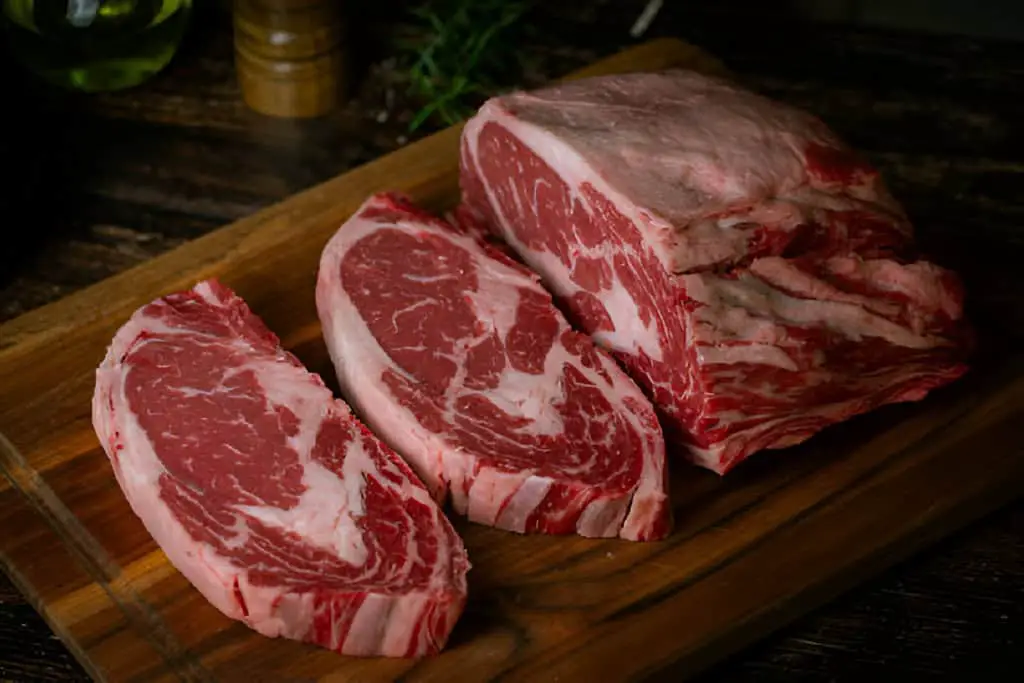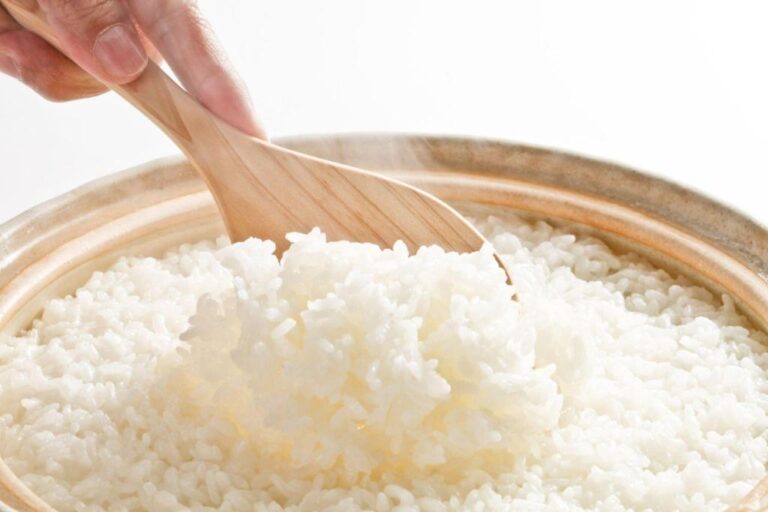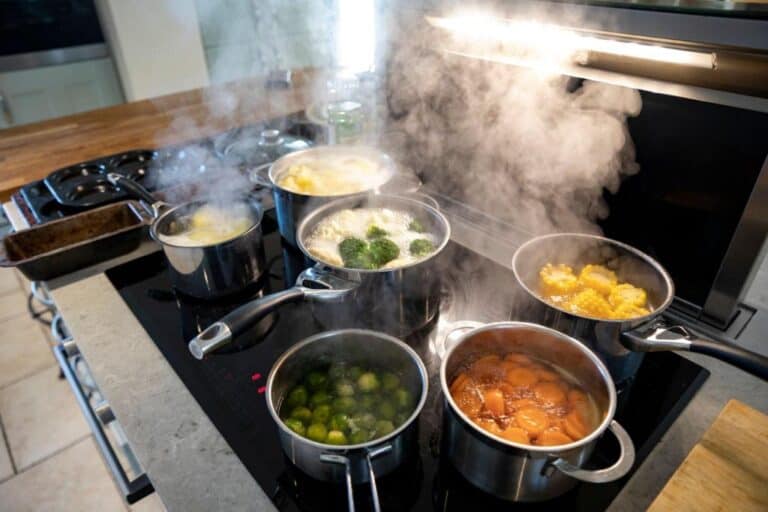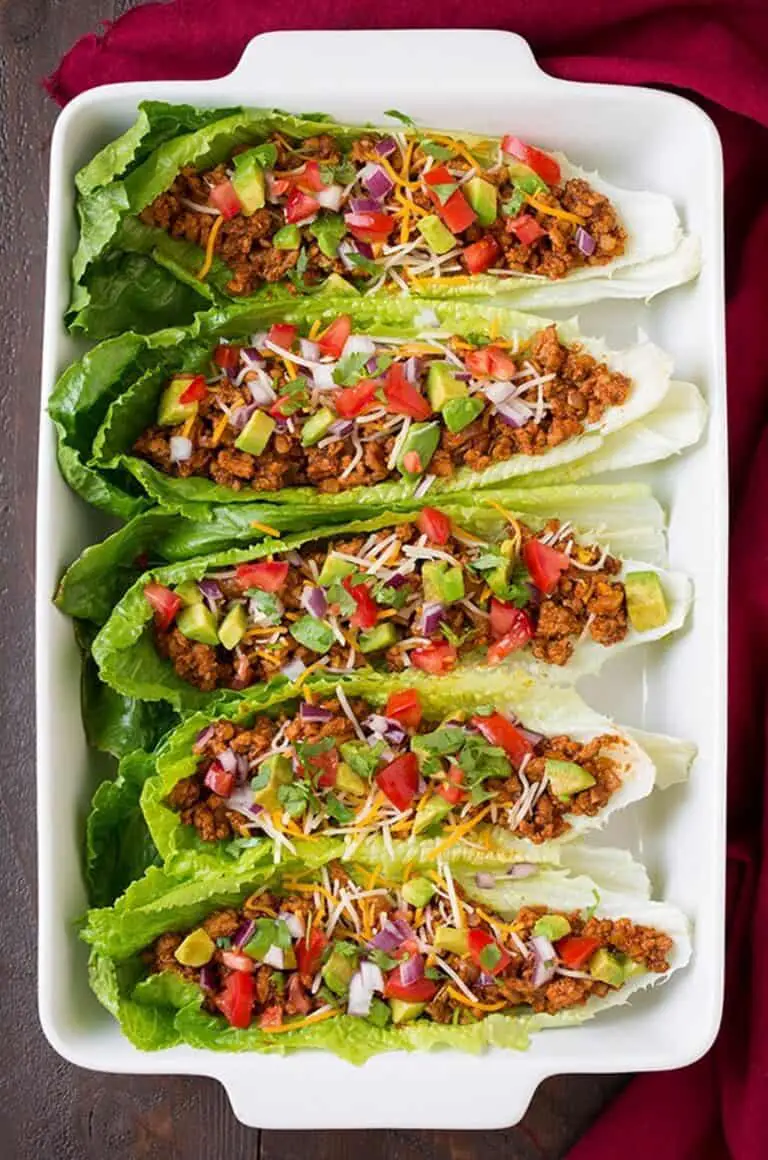Should I Trim the Fat on the Ribeye Before Grilling?

When it comes to grilling a ribeye, one common question often arises: should you trim the fat on the ribeye before grilling? This seemingly simple decision can greatly influence the flavor and texture of your steak.
Understanding the role of fat in cooking and how it affects the final result can help you make an informed choice. This fat contributes to the juiciness and taste of the steak, but should you trim it before grilling? Let’s explore the considerations and techniques for handling ribeye fat to ensure the perfect grilled steak.
In this article, we’ll delve into the reasons for and against trimming ribeye fat, providing you with the knowledge to enhance your grilling skills and ensure your ribeye steaks are always cooked to perfection. Whether you’re a seasoned griller or a beginner, this guide will offer valuable insights to elevate your barbecue game.
The Role of Fat in Ribeye Steaks

Fat plays a crucial role in the overall flavor and texture of ribeye steaks. Here’s why:
- Flavor: The fat in a ribeye melts during cooking, infusing the meat with a rich, savory flavor. This marbling is one of the reasons ribeye is such a sought-after cut.
- Juiciness: Fat helps retain moisture, making the steak juicy and tender. A well-marbled ribeye will remain succulent, even if cooked to higher temperatures.
- Texture: The fat provides a creamy, melt-in-your-mouth texture that is part of the ribeye’s appeal. It enhances the overall eating experience by balancing the meat’s chewiness with smoothness.
To Trim or Not to Trim?
The decision to trim the fat on a ribeye before grilling depends on several factors, including personal preference, cooking method, and the specific cut of ribeye. Here are some considerations:
Pros of Trimming Fat:
- Reduced Flare-Ups: Excess fat can cause flare-ups on the grill, leading to uneven cooking and charred spots. Trimming some fat helps minimize this risk.
- Better Presentation: A trimmed ribeye can look more aesthetically pleasing on the plate, with a cleaner appearance and less excess fat.
Cons of Trimming Fat:
- Flavor Loss: Removing too much fat can strip the ribeye of its distinctive flavor. The marbling within the meat is crucial for taste, and excessive trimming can diminish the steak’s richness.
- Dryness: Over-trimming can result in a drier steak, as the fat helps keep the meat moist during cooking.
How to Trim a Ribeye
If you decide to trim your ribeye, it’s essential to do so carefully to maintain the steak’s integrity and flavor. Here’s a step-by-step guide:
- Assess the Fat Cap: Examine the outer layer of fat on the ribeye. This is the thick white section that often runs along one side of the steak.
- Trim the Excess: Using a sharp knife, trim away any thick, hard pieces of fat. Aim to leave a thin layer, about 1/4 inch thick, which will render during cooking and enhance flavor.
- Marbling Matters: Do not attempt to remove the internal marbling. This fat is interspersed within the muscle and is crucial for the steak’s flavor and juiciness.
- Edge Clean-Up: Clean up any loose or hanging fat pieces around the edges for a neater appearance.
Table: Pros and Cons of Trimming Ribeye Fat
| Pros of Trimming | Cons of Trimming |
| Reduces grill flare-ups | May diminish flavor |
| Enhances presentation | Can lead to a drier steak |
| Provides control over fat intake | Removes beneficial moisture-retaining fat |
Cooking Methods and Their Impact
The cooking method you choose also influences whether you should trim the fat on your ribeye. Here’s how different techniques affect this decision:
- Grilling:
- Direct Heat: When grilling over direct heat, flare-ups from dripping fat can be a concern. Trimming excess fat helps prevent this, ensuring more even cooking and reducing the risk of charring.
- Indirect Heat: If using indirect heat, you can afford to leave more fat on the steak, as the flames won’t be directly underneath. This method allows the fat to render slowly, imparting more flavor without the risk of flare-ups.
- Pan-Searing:
- For pan-searing, it’s usually best to leave most of the fat intact. The fat renders in the hot pan, adding flavor and creating a delicious crust. However, trimming any excessively thick fat ensures it doesn’t overpower the meat.
- Oven Roasting:
- When roasting a ribeye in the oven, you can leave a generous amount of fat on the steak. The slower cooking process allows the fat to render thoroughly, basting the meat and enhancing flavor.
Tips for Perfectly Grilled Ribeye
Regardless of whether you trim the fat, here are some tips for grilling the perfect ribeye:
- Season Well: Generously season your ribeye with salt and pepper. The seasoning helps create a flavorful crust.
- Preheat the Grill: Ensure your grill is hot before placing the steak on it. High heat is crucial for searing the outside while keeping the inside juicy.
- Use a Meat Thermometer: For precision, use a meat thermometer to check doneness. Ribeye is best cooked to medium-rare (130-135°F) to medium (135-145°F).
- Rest the Steak: Allow the steak to rest for 5-10 minutes after grilling. This resting period lets the juices redistribute, ensuring a moist and flavorful steak.
Common Mistakes to Avoid
To ensure your ribeye turns out perfectly, avoid these common mistakes:
- Over-Trimming: Removing too much fat can lead to a dry, less flavorful steak. Be conservative with trimming.
- Underseasoning: Ribeye benefits from a generous seasoning of salt and pepper. Don’t be afraid to season liberally.
- Cooking on Low Heat: Ribeye requires high heat for a proper sear. Cooking on low heat can result in a less flavorful steak.
- Skipping the Rest: Cutting into the steak immediately after cooking can cause the juices to run out, leading to a drier steak. Always let it rest.
Conclusion
The question of whether to trim the fat on a ribeye before grilling depends on personal preference and cooking style. While trimming can reduce flare-ups and improve presentation, leaving some fat intact ensures the steak remains juicy and flavorful. By carefully trimming excess fat and using proper grilling techniques, you can enjoy a perfectly cooked ribeye that showcases the best of this delicious cut. Happy grilling!






